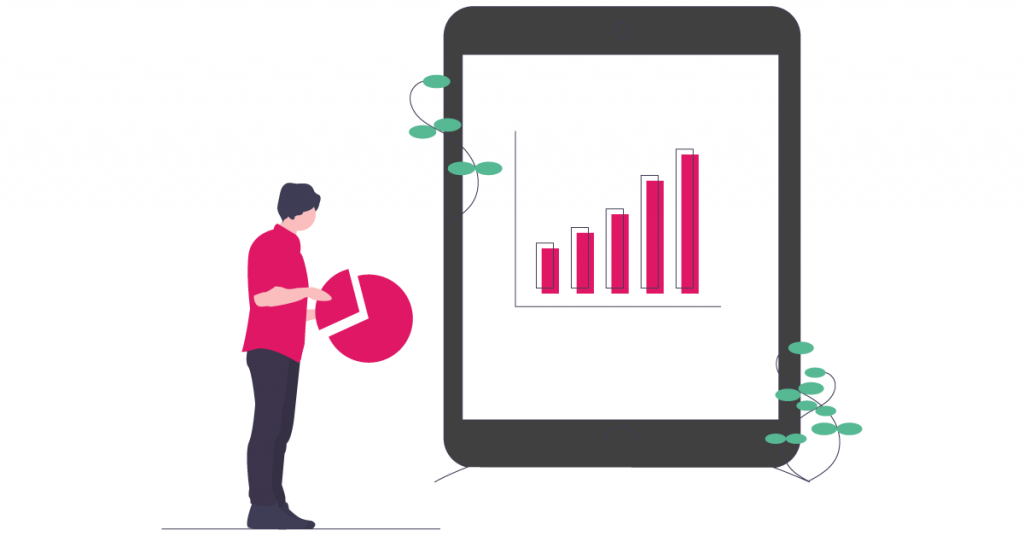Utilizing Data to Generate More Leads

In lead generation, more is better—or is it? Casting your net into a whole ocean of consumers may reap you a thousand leads, but only a handful buy into your products and services.
So again, the question is “should you jump into any lead generation campaign, cross your fingers, and hope for luck inquiries will pour in?”
Modern consumers are more objective than before. They don’t just jump into any ad campaign and waste their money on any product or service until they find the one they need.
They do a lot of research. They look up testimonials, reviews, and customer satisfaction ratings before they decide to do business with you. In other words, lead and customer interaction with your brand is the key not only to increase the quality of your leads but also to get potential customers.
If consumers use data before they decide to buy, business owners should also use data to improve their lead generation campaigns.
Collect Data
Data is a powerful tool in understanding how you should approach lead generation. In most cases, it is already in the hands of the organization. All you need is to pool data from all sources.
Where will data come from?
- Customer service data
- Marketing data
- Sales
- Surveys
- Orders
- Research
- Direct Mail
- Telemarketing
- Email Marketing
- Third-party review sites
- Real-time data by tracking website interaction
- Monitoring loyal customers
- Tracking referral sources
Nowadays, data collection technology has become more sophisticated and less complicated. Tools, like Slaask, allow businesses to gather information in real time to keep track of the effectiveness of their customer communication.
Analyze Data
Data is used to give companies insight to patterns that will help them identify and predict consumers’ needs. By analyzing data, companies can develop a better and more personalized lead and customer interaction.
Companies also use data to create buyer profiles. Documented buyer personas are the magic tricks up your sleeves. When you understand the unique problems your clients have, you can deliver better solutions and relevant content.
Companies have various ways of organizing data profiling and analysis. You may analyze data by location, by industry sectors, and sub-sectors. During this step, data analysis tools are extremely helpful because it streamlines the process for you, allowing you to make critical decisions quickly.
Segment Data
Once you gained an understanding of your customers’ unique preferences and documented their buying journey, you can identify groups of similar customers. Insight from data analysis can prove useful in determining the right approach to market segmentation. Some strategies you may consider are geographical, behavioral, demographics, and personal values. So, you can cater your marketing campaign to a particular age group or a city area with higher density.
Target Data
Once you’ve created a segmented list of buyers, you can focus on the delivery of more timely and personalized consumer experiences. Using collected, analyzed, and segmented data, you can now target the right services to the buyers who are interested in that certain product.
Now, you can use your data to acquire leads that match the profitable markets in your segmented lists. Because you understand the buying journey of the prospect whose data matches your segmented buyers, you increase the likelihood of your prospects turning into qualified leads.
Henceforth, you can create smart marketing campaigns accustomed to the needs of the people who will gain the most from your products and services. It’s a win-win approach for both seller and buyer.
Veni, vidi, vici
If you want to increase the quality of your leads and get potential customers as well as generate a higher ROI on your sales and marketing campaigns, you need to take time to research. Get information about who wants what, and document their buying journey. Don’t be afraid to try using new tools that will help you gather data much more easily.
See how consumers interact with your business. Dig deeper and analyze what goes behind every purchase—financial status, affiliations, interests, and personal values, among others. Then, your data consultant can tell you how many more like-minded prospects are in the market. Use data to rethink your strategy. Then, connect with more leads using better insight.

 Get started for free
Get started for free